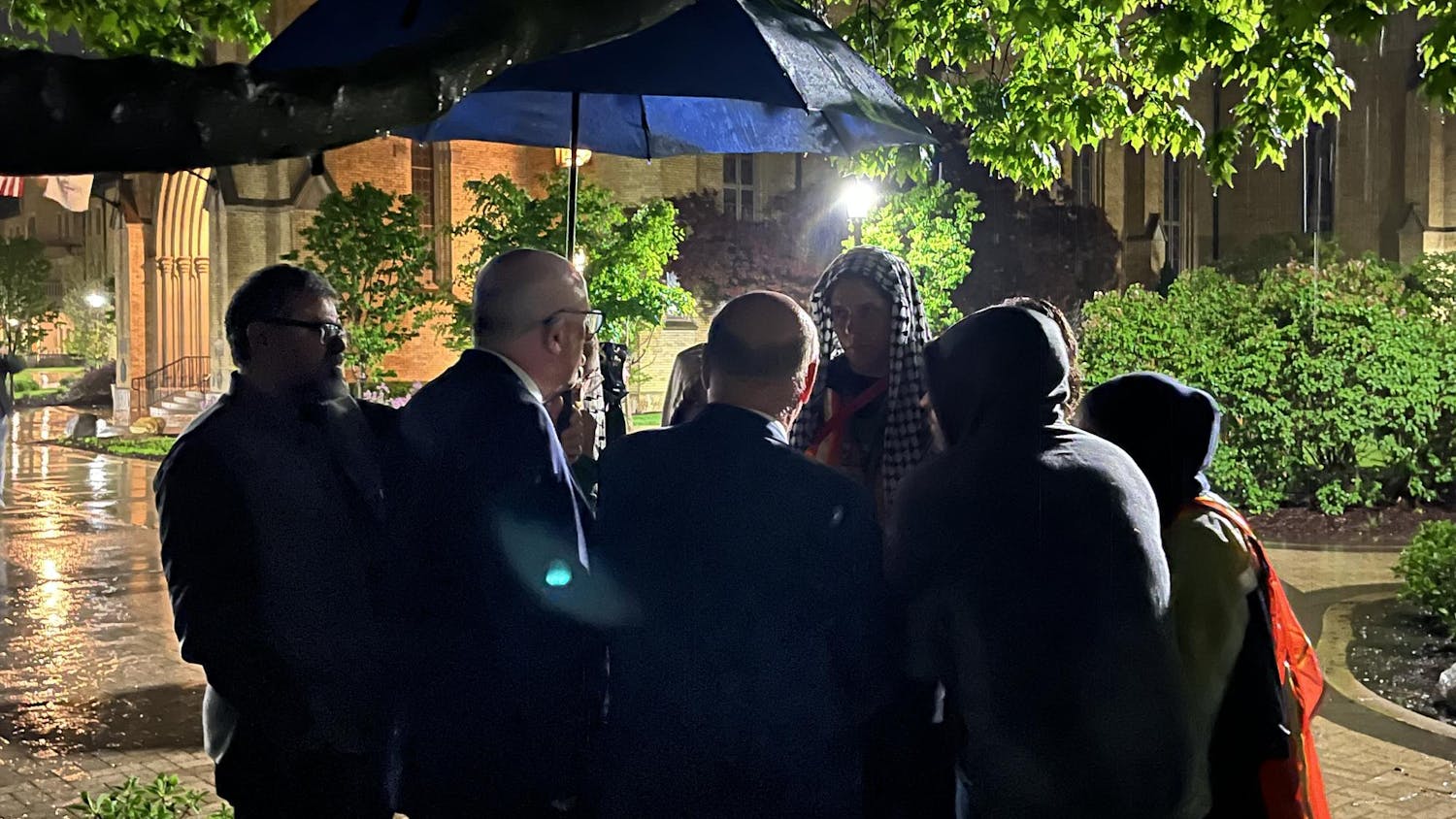In the summer of 2011, fresh out of Advanced Placement United States History, I took a road trip with my family to Mount Rushmore. Staring up at the 60-foot granite likenesses of Presidents past, I felt a deep sense of appreciation of what it meant to be an American. It’s an experience I will never forget.
On our way out of the Black Hills, my family made one last stop, as we’d decided beforehand that another South Dakota landmark was worthy of our consideration. This was the Crazy Horse Memorial — a towering statue of the famous Lakota chief on horseback, one hand extended to indicate the lands where his dead people lie buried. The Memorial was designed by former Rushmore workman Korczak Ziolkowski and was commissioned in 1947 by Lakota chief Henry Standing Bear, who wanted a counterpoint to the statues of white men carved into the sacred Black Hills. When the statue is complete, Crazy Horse’s head alone will be fifty percent larger than the heads of Washington and Jefferson; in total, the legendary warrior and his steed will be over 500 feet tall.
The key words here are “will be.” You see, Standing Bear and his supporters have refused to take the American government’s money for the project. Instead, the Memorial relies on museum admittance fees and donations from sympathetic private citizens to bankroll construction. As a result, progress on the imposing statue has been glacial. Today, the only evidence of seventy-five years of labor is the rudiments of Crazy Horse’s face and a hole in the cliff face that will become his arm.
Now, I fully appreciate the Lakota’s reasons for refusing public financing of the Crazy Horse Memorial. They’ve been burned far too many times by the American government to trust Washington now. However, their project is nonetheless useful for illustrating the limits of the private sector, especially when contrasted with the publicly-funded Mount Rushmore.
Construction of Mount Rushmore was completed in 14 years and cost less than one million dollars (about 15 million dollars today by the most pessimistic inflation rate). The Crazy Horse Memorial, on the other hand, was started during the Truman administration and has barely begun, yet has cost its backers millions and promises to cost millions more. In this case, private financing is an objectively less effective "modus operandi."
Of course, the superiority of public financing isn’t limited to the construction of giant stone heroes. Consider one of human history’s most important engineering projects — the Panama Canal. This series of locks and passages cuts nearly eight thousand miles off the trip from the Atlantic Ocean to the Pacific and spares cargo ships the treacherous Cape Horn. Surveyors and statesmen alike had proposed the construction of a canal across the Panamanian isthmus as far back at the 16th century. So where were the privatizers then? Given the billions to be saved in shipping costs, shouldn’t they have formed one of their beloved “voluntary associations” to dig the Canal on their own?
Of course, we all know the real story. President Theodore Roosevelt determined that the Canal would be built by Army engineers. It was budgeted to be the most expensive construction project in the history of the United States, and the final design would end up even wider than initially specified. Yet the Canal was complete in only ten years, and it actually came in 23 million dollars under budget. It remains operational today, a proud testament to the utility of the public sector.
Don’t get me wrong — free enterprise has its place. The Soviet "Holodomor" and the Maoist Great Leap Forward both demonstrated the deadly results of placing whole industries (agriculture and manufacturing, respectively) in the hands of the State. But from education to incarceration, modern America seems struck by the opposite enthusiasm—a fetish for full-blown privatization. If a function of the government hasn’t already been privatized, there’s bound to be at least one lobby inside the Beltway babbling on about “streamlining” and “efficiency.” Even our beloved public space program, once the pinnacle of First World civilization, has been reduced to a shadow of its former glory. Meanwhile, private companies like Virgin Galactic struggle even to duplicate NASA’s achievements, as their entrepreneurial spacecraft crash and burn in the Mojave.
We would do well to remember that the private sector ought to be just that — a single sector of a diverse and flexible society. Government projects have also done great work, and I hope they will continue to do so. In the meantime, I look forward to taking my grandchildren to the Crazy Horse Memorial in 2100. Maybe they’ll have started on his neck by then.













